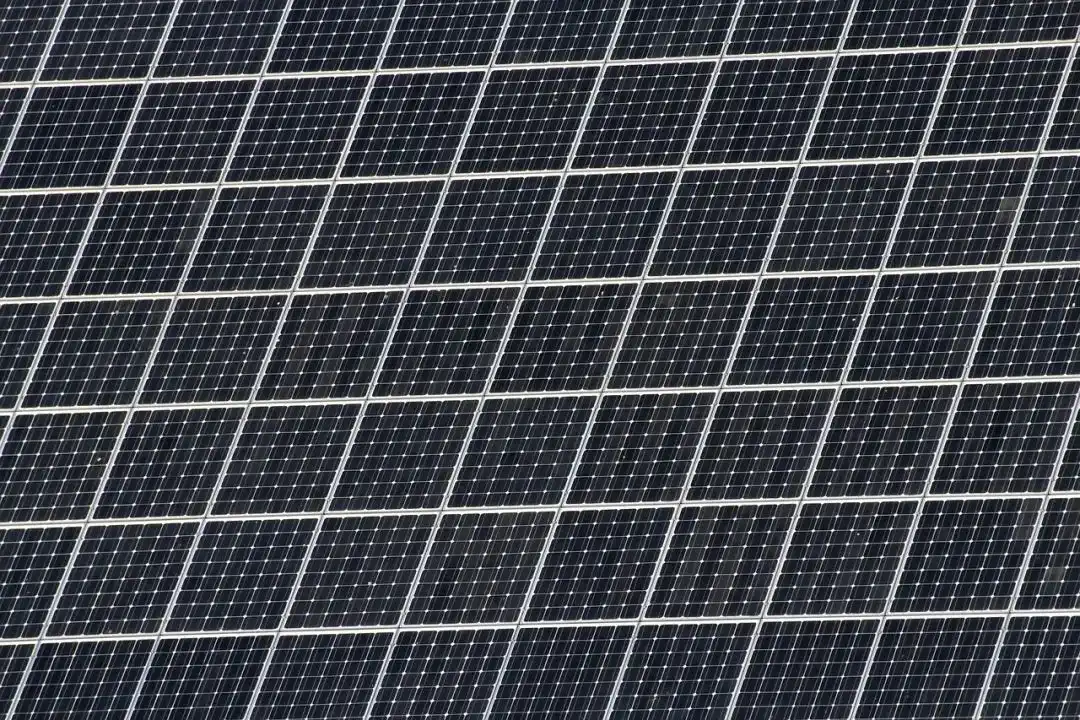The storm of price cuts for photovoltaic modules has swept across silicon materials, and prices continue to fall
The rapid decline in photovoltaic module prices has finally spread to silicon materials, and silicon materials prices may remain low this year.

On April 10, the Silicon Industry Branch of the China Nonferrous Metals Industry Association pointed out in the latest polysilicon weekly review that silicon material prices have been lowered across the board. Recently, polysilicon companies have gradually begun to sign a new round of orders, but the signing situation has not been smooth. Most of the goods received by downstream customers are mainly changed in prices for previous long orders, and the speed of goods collection continues to slow down.
At present, silicon material has dropped to about 50,000 yuan/ton, basically returning to the 2020 price, which is at the lowest level in history. From 2020 to the first half of 2023, due to the imbalance between supply and demand of silicon materials, prices in the photovoltaic supply chain continued to fluctuate and rise, and the price of silicon materials once exceeded the 300,000 yuan/ton mark. The rapid decline in component prices has finally spread to silicon materials, and silicon materials prices may remain low this year.
prices continue to fall
Data from the Silicon Industry Branch shows that the transaction price range of N-type rod-shaped silicon ranges from 55,000 yuan/ton to 60,000 yuan/ton, and the average transaction price is 58,600 yuan/ton, a month-on-month decrease of 3.3%. The transaction price range of P-type dense materials ranged from 48,000 yuan/ton to 51,000 yuan/ton, and the average transaction price was 48,700 yuan/ton, down 18.83% from the previous offer. The price difference between N-type and P-type rod-shaped silicon is about 8,300 yuan/ton, which has narrowed. The transaction price range of N-type granular silicon ranged from 51,000 yuan/ton to 54,000 yuan/ton, and the average transaction price was 52,000 yuan/ton, a month-on-month decrease of 5.54%.
光伏供应链是一条垂直链,硅料、硅片、电池片、组件环环相扣,各环节价格一一传导,互相博弈。 Behind the continued decline in silicon material prices is the rapid decline in component prices, which eventually spread to the silicon material end, triggering changes in silicon material prices。
According to statistics from TrendForce Consulting's China Photovoltaic Industry Bidding Database, in terms of P-type modules, in March, the bid prices of a total of 1.1 GW module centralized procurement projects of Zhongling Xinneng, Shenzhen Gas and Three Gorges Group were opened. The bid price ranged from 0.795 yuan/W to 0.929 yuan/W. The average bid price was 0.841 yuan/W. Compared with February, the bid price range widened and the average price continued to fall. In addition, a total of approximately 9.3 GW of N-type components were purchased and bid opened in March. The bid price ranged from 0.839 yuan/watt to 1.003 yuan/watt, and the average bid price was 0.887 yuan/watt, which was 0.045 yuan/watt lower than the average price in February, and the price difference with PERC continued to fall month-on-month.
Costs hover on the line
硅业分会指出,近一周硅料成交量极为有限。截至4月10日,N型棒状硅市场报价已在5.5万元/吨左右,且不排除还有继续下降的可能。 At present, the silicon material sector is already facing comprehensive losses. Faced with ultra-low prices from downstream, silicon material companies are very resistant, and differences between upstream and downstream prices are gradually increasing.。
Peng Guangchun, an analyst at Debon Securities, analyzed that overall, downstream raw material procurement enthusiasm is not strong, with only a small number of tentative transactions. From the perspective of raw materials, industrial silicon prices continue to decline, and the production costs of silicon material companies decline accordingly, which has accelerated silicon material companies 'acceptance of downstream low-cost procurement strategies to a certain extent. Moreover, some companies that rely more on cash flow turnover have begun to sell according to the logic of low-price sales, pushing the price of silicon materials to continue to decline. Currently, the price of silicon materials has approached the comprehensive cost of the industry.

Since the second half of 2023, silicon material prices have continued to fall, affecting corporate profitability. According to the 2023 annual report disclosed by Daquan Energy, in 2023, Daquan Energy's average annual unit cash cost of polysilicon will drop from 53.06 yuan/kg in 2022 to 42.7 yuan/kg, a drop of 19.53%. On one hand, there is a significant decline, and on the other hand, there is an increase in costs. Last year, Daquan Energy's total operating costs reached 10.002 billion yuan, an increase of nearly 20% from 8.449 billion yuan. Among them, the operating income of photovoltaic companies was 16.329 billion yuan, and the operating cost was 9.741 billion yuan. The operating income accounted for a decrease of 47.22% compared with the previous year, while the operating cost increased by 25.06% compared with the previous year, and the gross profit margin also decreased by 34.48% compared with the previous year.
The game may intensify
Against the above background, the game sentiment in the upstream and downstream links has become stronger. Peng Guangchun pointed out in the latest research report released that at present, downstream companies have basically exhausted their silicon material inventories, and their willingness to sign orders has resumed. However, in the context of the rapid decline in silicon wafer prices, silicon wafer companies hope to purchase more cost-effective silicon materials. Some companies began to actively purchase low-cost mixed-package materials. At the same time, early orders for high-priced silicon materials still pose risks of price change and suspension of delivery.
The component side is considering raising the price. Jibang Consulting pointed out that in terms of N-type components, judging from the quotation rhythm of TOP 10 companies, leading companies are relatively willing to raise prices. Compared with the bid opening price of centralized component procurement in February, many companies with sufficient orders in hand bid high prices in March. The overall quotation and average price of the N-type bid section were slightly higher than the previous bid opening price of about 0.903 yuan/watt.
硅业分会分析,从硅料企业角度看,本次价格下行幅度较大,下游压价力度超预期,部分企业不愿亏损成交。 从下游角度看,目前硅料价格处下行区间,未见价格底部,硅片企业囤货意愿不高,仅对降级品保持一定采购量。从原料端看,工业硅价格持续跌势,已到达大多数企业全成本线。 Therefore, there is little room for raw material silicon powder prices to continue to fall significantly。

